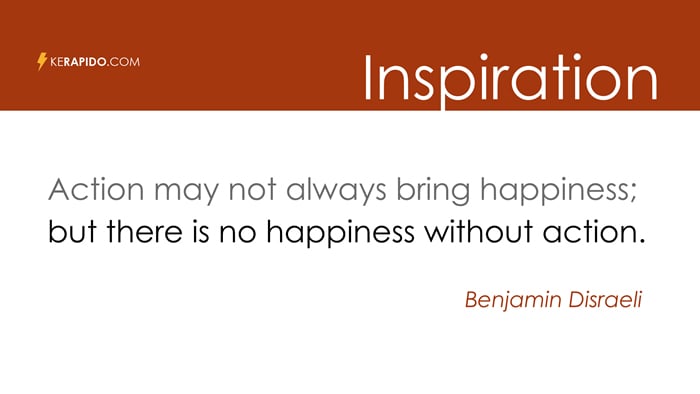
OVERVIEW
Here I bring you a drill where you’re going to translate some sentences. Those sentences are similar to the ones you heard in this lesson’s conversations.
Translation drills help you see where your language weaknesses are, so you can work on them.
DRILL: LET’S TRANSLATE
STEP 1: translate these sentences into English. Type them in. Then, check your answers.
¿Tiene radio?
¿Podemos ver la carta de vinos?
¿Me puede decir dónde están las botellas de agua?
Tenemos carne asada.
Les recomiendo el pollo frito.
Tenemos un amigo en Inglaterra.
Vamos a ver a Margarita.
¿Me puede traer el desayuno?
¿Me puede dar un pollo?
¿Dónde están las patatas?
STEP 2: can you get all the sentences right? Click here to clear your answers and have another go!
WHY ARE TRANSLATION DRILLS ESSENTIAL?
The easiest way to spot your Spanish language problems is by doing translation drills.
When you compare your translations with the correct answers, are you making vocabulary mistakes? If so, go back to the vocabulary flashcards.
Are you getting the word order wrong? Then, play the conversations in this course regularly, and repeat the speaking drills.
Are you making gender mistakes? To get ‘el’ and ‘la’ always right, revise the vocabulary lessons in this course, and also repeat the gender drills.
When doing translation drills, aim at getting all your sentences right, even if it takes you several attempts.
Translation drills will help you become fluent a lot faster.
CONGRATULATIONS!
You’ve done Lesson 4 Drill 4. Don’t forget to mark this page as Complete.

Now you’re going to move on to Lesson 4 – Revising.